Obese pets might be a headache even for the most attentive
pawrents. It can cause several health problems and the list is never-ending. So, in order to provide your pet with the best quality of life and increase its life span, be sure to equip yourselves with these guidelines about determining whether your pet is obese and how to prevent it.
The Red Flags of Being Obese

1. Loss of Interest in Physical Activities
If your furry BFF forgoes any active games or no longer plays with its toys, check its weight. Obese pets tend to be inactive in any physical activity. Even if they would, it’s obvious that they will soon pant excessively or taking frequent rest breaks. This makes it impossible to keep up with your pace.
Whether you’re a person or a pet, carrying extra body weight is extremely exhausting. Plus, this could lead to having extra pressure on the joints, heart, and lungs. Other organs such as the liver and pancreas can also be affected and thus causing diseases like fatty liver
(cats) and diabetes mellitus
(dogs & cats).
There would also be a risk that your pet is diagnosed with cancer due to obesity. So, be mindful of this! Here are some other
symptoms to tell you more about pet cancer.

2. Feel the Ribs
With gentle fingertip pressure, you should be able to feel your pet’s ribs. So, run your hands around its flanks and abdomen. If your pet has an ideal weight, you should be able to feel the ribs. If you’re having difficulty finding them and all you feel is cushioned body wall, this suggests that your pet is carrying too much weight.
However, if you manage to see the ribs without touching them, this would mean your pet is too skinny. And, it’s also not a good sign in terms of your pet’s health.
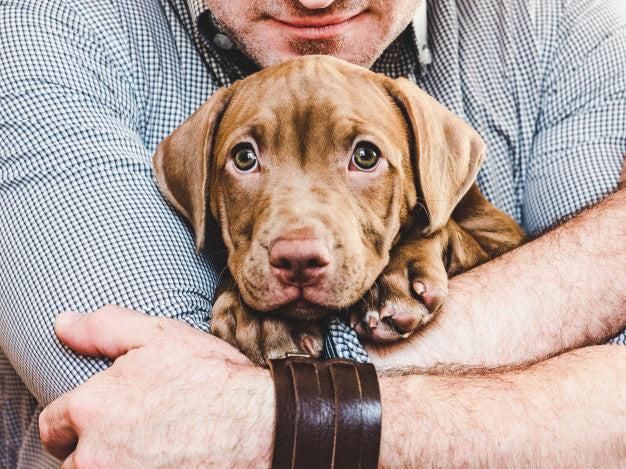
3. No More Perfect Body Shape
Another big, fat indicator suggesting that your pet might be overweight is that it loses its hourglass body shape. Try to get a birds-eye view of your domestic friend and see if you can spot a tuck at the waist, which looks exactly like an hourglass.
Normally, you would see a gentle dip after the ribs (waist area) and a gradual slope to the base of the tail. If not, it’s a red flag indicating that your pet is obese.
How to view your pet’s curves if it has a thicker hair coat? No worries! Just gently run your hands along the top outline of your pet. You should be able to feel these natural curves.
What Should You Do if your Pet is Obese

1. Diet Management
Believe it or not, this might seem only one tip to you, but it’s actually a two-in-one. This means if your pet is obese, it’s most likely that it’s eating more than it should have.
Thus, firstly, you need to make sure your pet eats at scheduled times throughout the day. This provides you a chance to supervise your pet’s diet and eating patterns. Instead of giving your furry friend a bowl full of food, it’s best to give it at a fixed time to control its overfeeding tendency;
Which brings us to the next tip- Portion control. Get to know how much your pet eats and slowly lessen that amount. This could show you how much food it needs to keep it satisfied. Bear in mind that what seems small for you might fill your pet’s stomach substantially.
If you’re somehow unsure of your pet’s portion, feel free to give your
vet a call to inquire about sufficient diet portions for your furry kids.
Trust me, you wouldn’t want to add malnutrition on your plate right now.
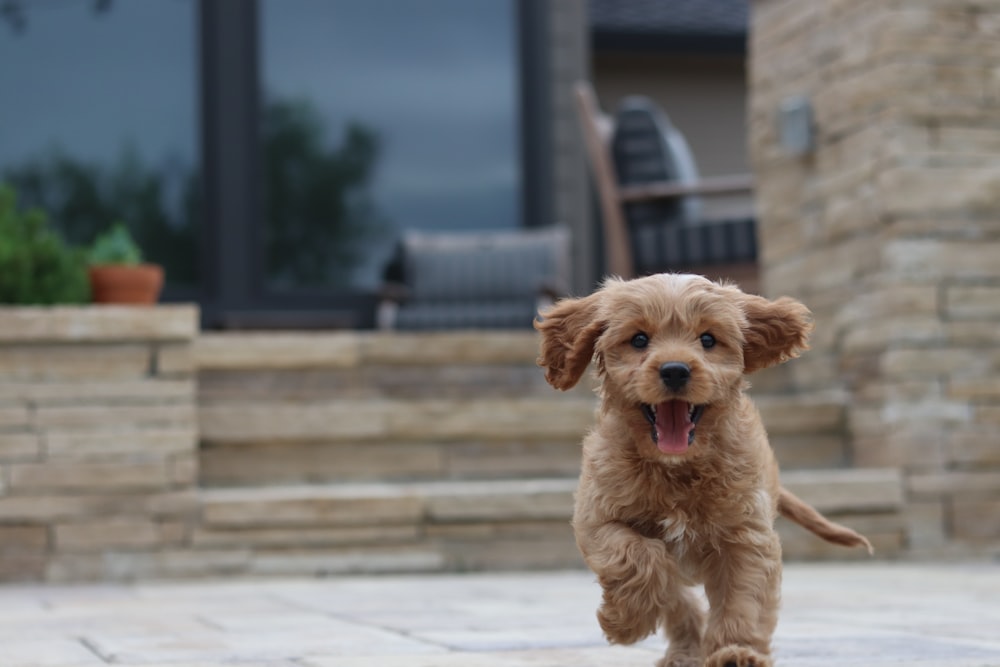
2. Get Physical
Just like humans, we need to exercise regularly for a healthier mind and body. It’s the same thing with your pet. Regardless of being overweight, physical exercise plays an important role to ensure good welfare of your furry kids.
By exercising, it could help to curb (and prevent) obesity by sticking with scheduled exercise regimens. Simple exercises like daily walks or some playtime would suffice. Time after time, you will see an improvement in your pet’s weight and its mind as well.
Not always at home? Well, we’ve got you covered!
Interactive pet toys such as
Wickedball would be a great toy to get your pet to work out- even if you aren’t at home. It will move or shake to attract your pet’s attention. And…
drumroll please! With its in-built sensor, it is designed to reverse and maneuver away on its own whenever it hits an obstacle. Thus, making it the perfect toy to keep your pet busy while you’re away.
Your pet could have fun with it and at the same time, exercise! Learn more about interactive pet toys
here.

3. Check the Scales
Bring your furry BFF for regular weight checks. This is to keep track of your pet’s progress so that you could learn how much food is sufficient for its diet. It’s always better to pay your veterinarian a visit for regular weigh-ins as using a human scale might not be accurate.

To Sum It Up
Preventing (or curbing) obese pets might be a difficult task that lasts a lifetime. However, keeping your pets at an optimal health condition can promise you a lifetime of happiness and joy.
Your veterinarian is your greatest ally when it comes to your furry kid’s welfare. They can offer you with food recommendations for obese pets. At the same time, it helps to ensure that your pet gets adequate nutrition, even with smaller meals. So, it’s paramount for you to always check-in with your vet regarding any health problems- even the minor ones.
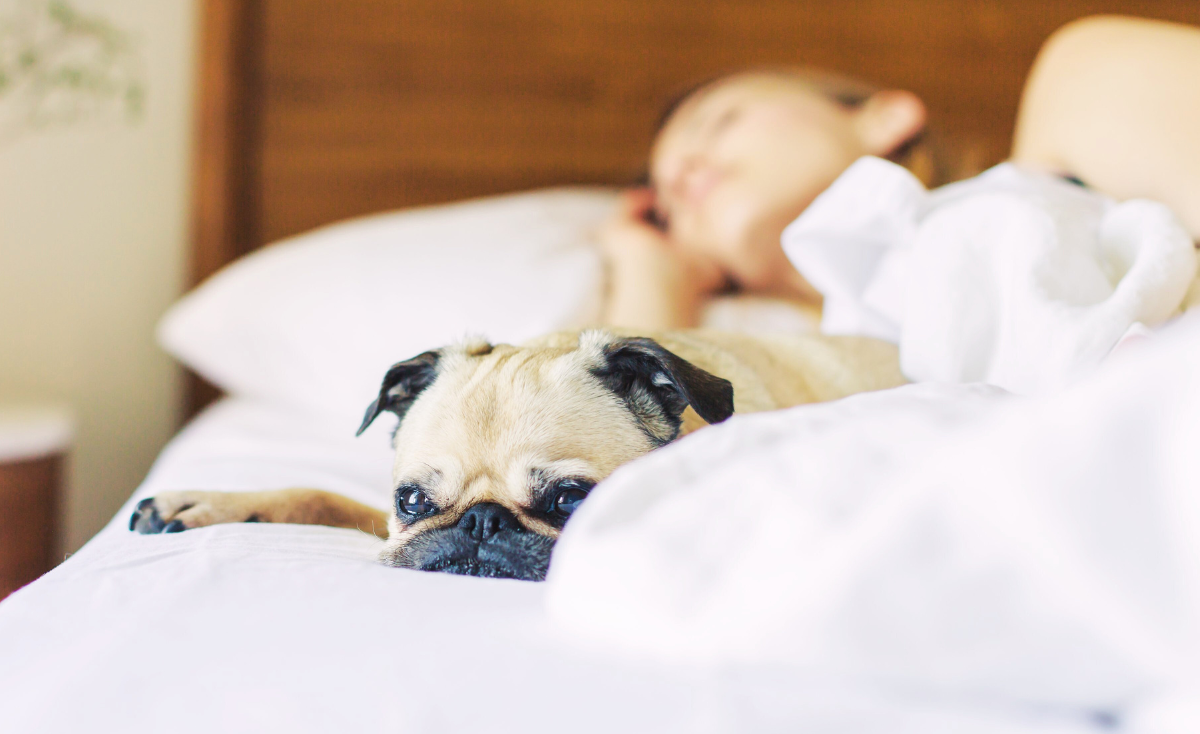

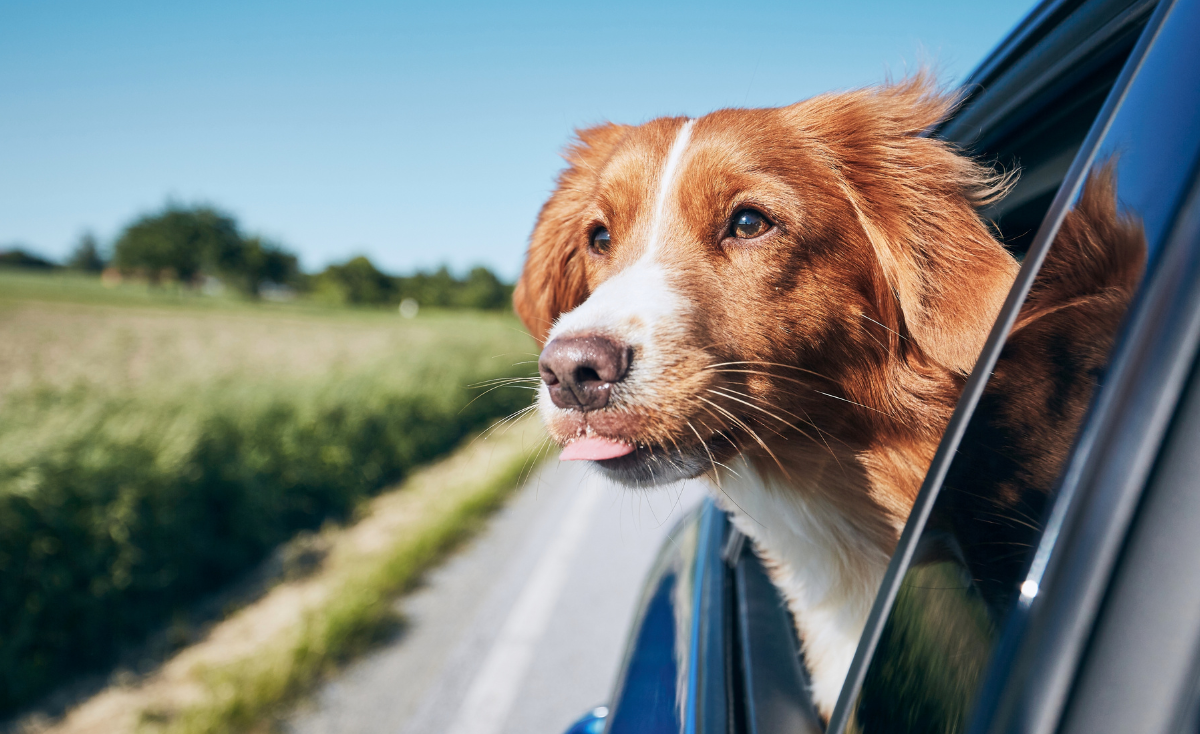



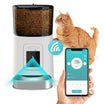


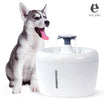
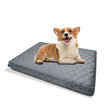




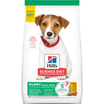

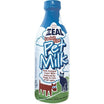
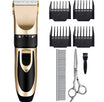
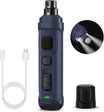
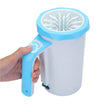
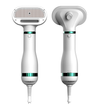

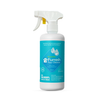
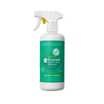
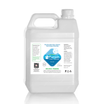
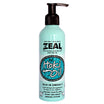
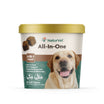
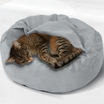
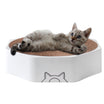
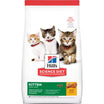
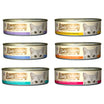
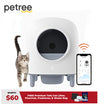

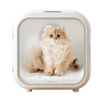


















Leave a comment
All comments are moderated before being published.
This site is protected by reCAPTCHA and the Google Privacy Policy and Terms of Service apply.